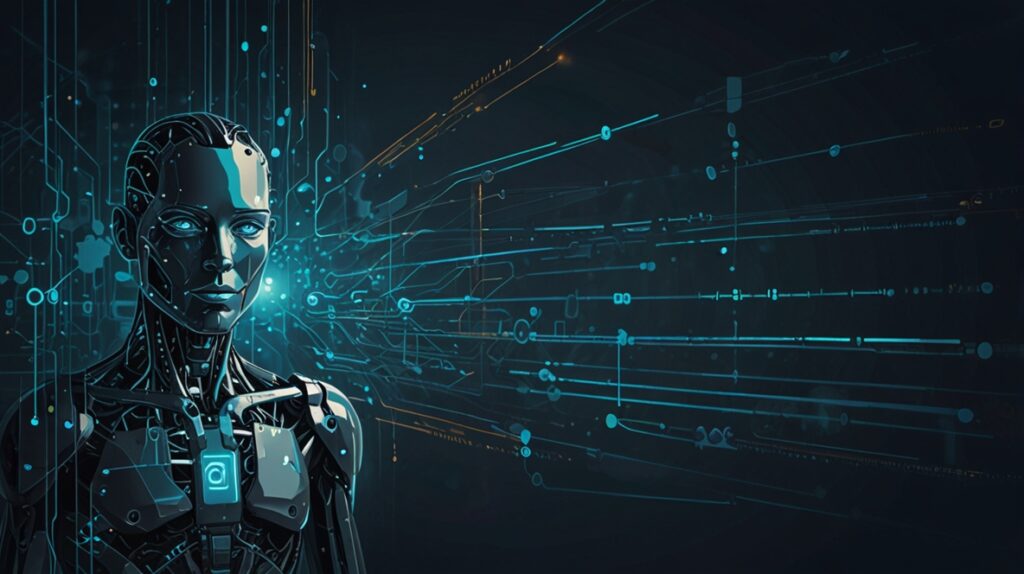Robotic Process Automation: How RPA Is Reshaping Business in 2025

Robotic Process Automation (RPA) is now far more than a productivity booster—it’s an integral pillar in enterprise transformation, especially when infused with AI and intelligent automation. In 2025, businesses are leveraging RPA to streamline workflows, reduce costs, improve compliance, and unlock high-value opportunities—all while enabling human creative and strategic thinking.
1. Why 2025 Is a Turning Point for RPA Adoption
- Mainstream integration with AI and Hyperautomation
RPA is no longer confined to rule-based automation—it’s becoming part of broader hyperautomation ecosystems that blend BPM, Intelligent Document Processing (IDP), and AI-driven decision frameworks. - Mass adoption across key industries
By 2025, sectors such as finance, healthcare, and manufacturing are at the forefront of RPA implementation—automating loan processing, regulatory compliance, patient scheduling, inventory management, and quality control.
2. Core Benefits: What RPA Delivers Today
- Operational efficiency and zero error tolerance
RPA bots execute tasks like invoicing, payroll, and data entry tirelessly, reducing process time and virtually eliminating manual errors. - Rapid ROI and cost optimization
Organizations report up to 25–50% in cost savings in the first year, with Deloitte citing potential reductions of 25–40% in process costs. - Scalability without friction
RPA scales quickly with demand—deploy additional bots without rearchitecting systems or expanding headcount. - Better compliance via auditability
Bots follow rules strictly and leave detailed logs—this level of traceability is invaluable in regulated environments. - Empowers employees to focus on high-impact work
Freed from repetitive tasks, staff can pivot to strategy, innovation, and customer-focused roles—reducing burnout and increasing satisfaction.
3. Intelligence on the Rise: RPA Meets AI & Custom Automation
- Agentic automation: bots that act independently
UiPath’s CEO calls this the “second act,” where automation evolves into agentic AI—agents that can orchestrate workflows and make decisions without human prompts. - From manual bots to smart workflows
New research platforms (like ERPA and agentic systems) combine OCR, LLMs, and AI agents to enable end-to-end automation. For example, an expense-processing system reduced labor time by 80% while improving accuracy and compliance. - Strategic intelligence for document processing
Enhancements like ERPA significantly accelerate and improve the accuracy of structured data capture—showing up to a 94% reduction in processing times in test cases.

Adopting RPA in 2025 isn’t just about automating tasks—it’s about repositioning your business operations for agility, scalability, and innovation
4. Practical Guidance for Tech Leaders
| Step | Action | Why It Matters |
|---|---|---|
| 1. Identify high-impact, rule-based processes | Start with back-office tasks like invoicing, data entry, compliance reporting. | Fast ROI, low risk, clear impact. |
| 2. Choose intelligent RPA platforms | Evaluate agentic capabilities, low-code deployment, AI/IDP integration. | Ensures future-proof scalability and agility. |
| 3. Monitor, measure, and scale | Track efficiency gains, error reduction, employee satisfaction. | Builds trust and validates automation value. |
| 4. Extend toward hyperautomation gradually | Integrate AI, exception handling, and human-in-the-loop where needed. | Maximizes return with controlled complexity. |
| 5. Foster internal AI-RM capabilities | Upskill IT and business teams in automation design, bot maintenance, and AI governance. | Sustains long-term automation success. |
5. The Long-Term Business Impact
Adopting RPA in 2025 isn’t just about automating tasks—it’s about repositioning your business operations for agility, scalability, and innovation. When bots handle guard-rail tasks, your teams can excel in problem-solving, strategic planning, and customer engagement. As RPA merges with AI and becomes more autonomous, it’s not just efficiency—it’s a competitive edge.
6. Final Thoughts
RPA in 2025 marks a shift from labor-savings to capability-building. Whether you’re transforming compliance processes or unlocking new workflows with AI agents, the key is intentional deployment, continuous learning, and aligning automation with business strategy. The organizations that embrace RPA as a dynamic platform—not just a tool—will lead the future of intelligent operations.
References
- RPA’s integration with AI, hyperautomation, and IDP trends ConnectWise
- Sector-specific RPA adoption examples (finance, healthcare, manufacturing) wotdev.com
- Benefits: efficiency, cost savings, accuracy, scalability, compliance, employee morale flobotics.io
- UiPath’s shift to agentic AI and strategic positioning The VergeKiplinger
- Academic studies on intelligent RPA (ERPA, E2E automation, OCR/LLM integration) arXiv
- Real-world accuracy and efficiency studio: structured data processing gains arXiv
NOTE: This content (including all text, graphics, videos, and other elements on this website) is protected by copyright and related rights laws. Material from Conyro.io may be copied or shared only with proper attribution and a direct link to the original source. Thank you for following Conyro.io.






